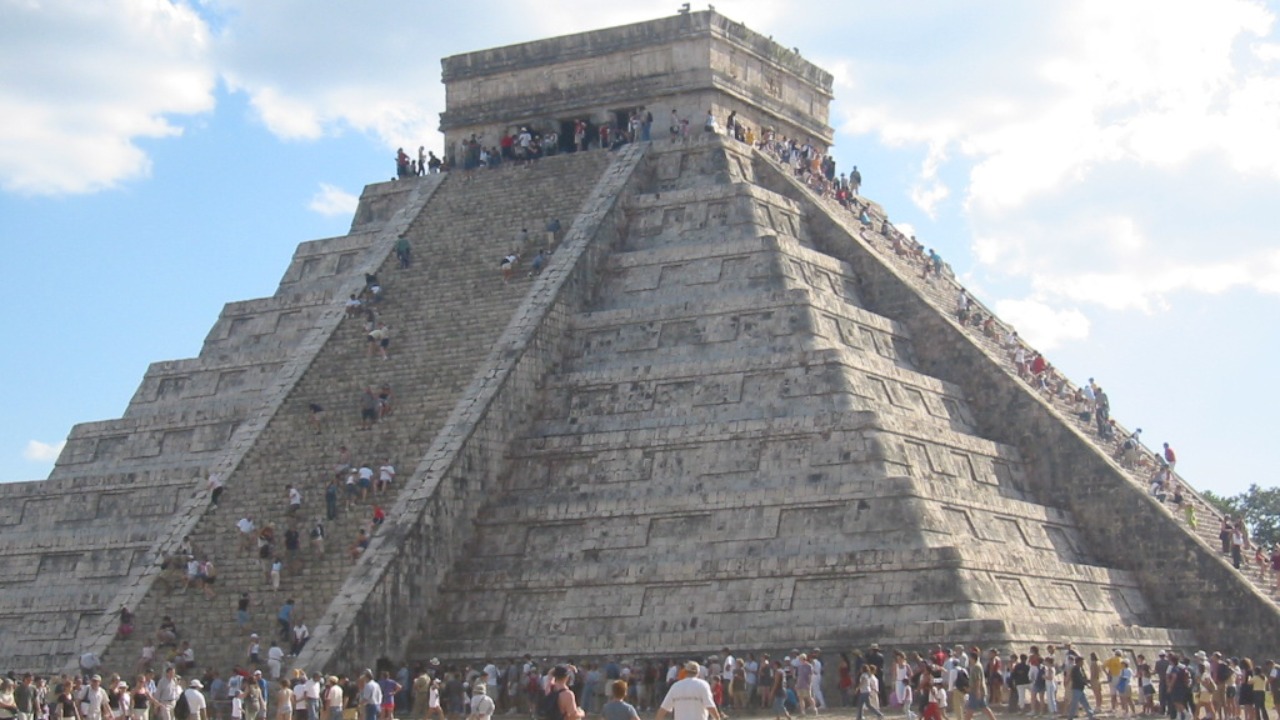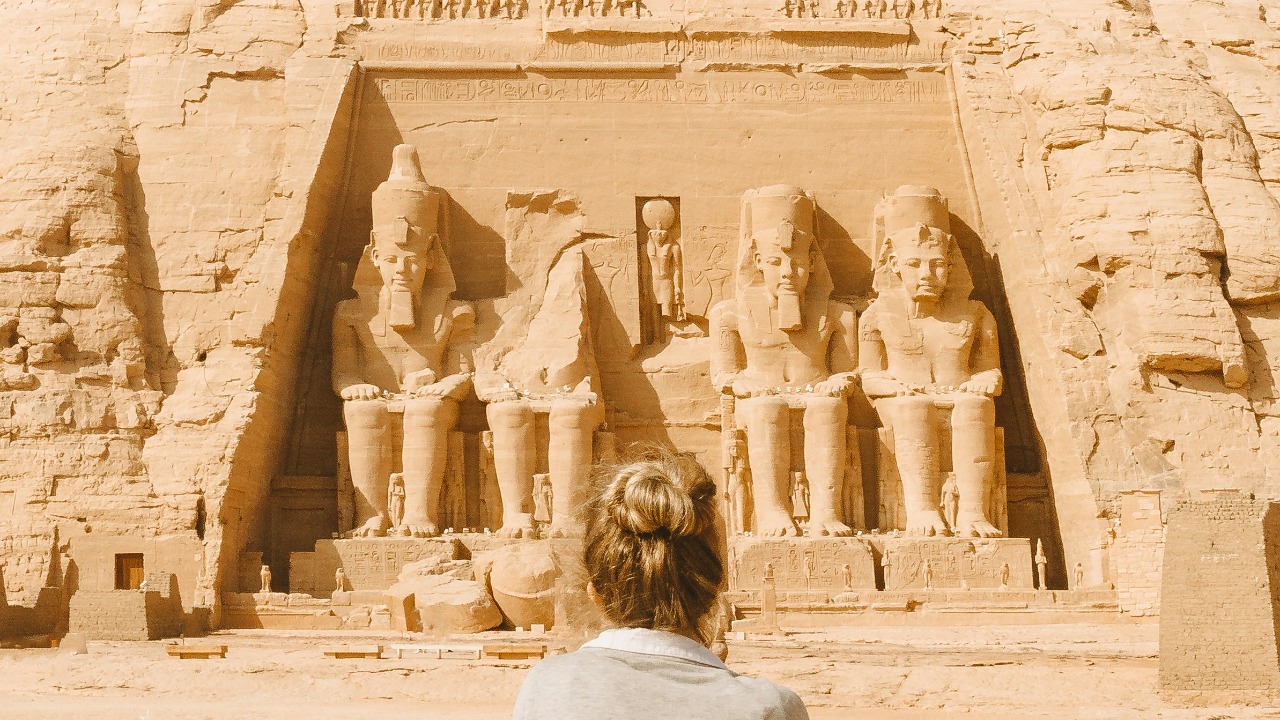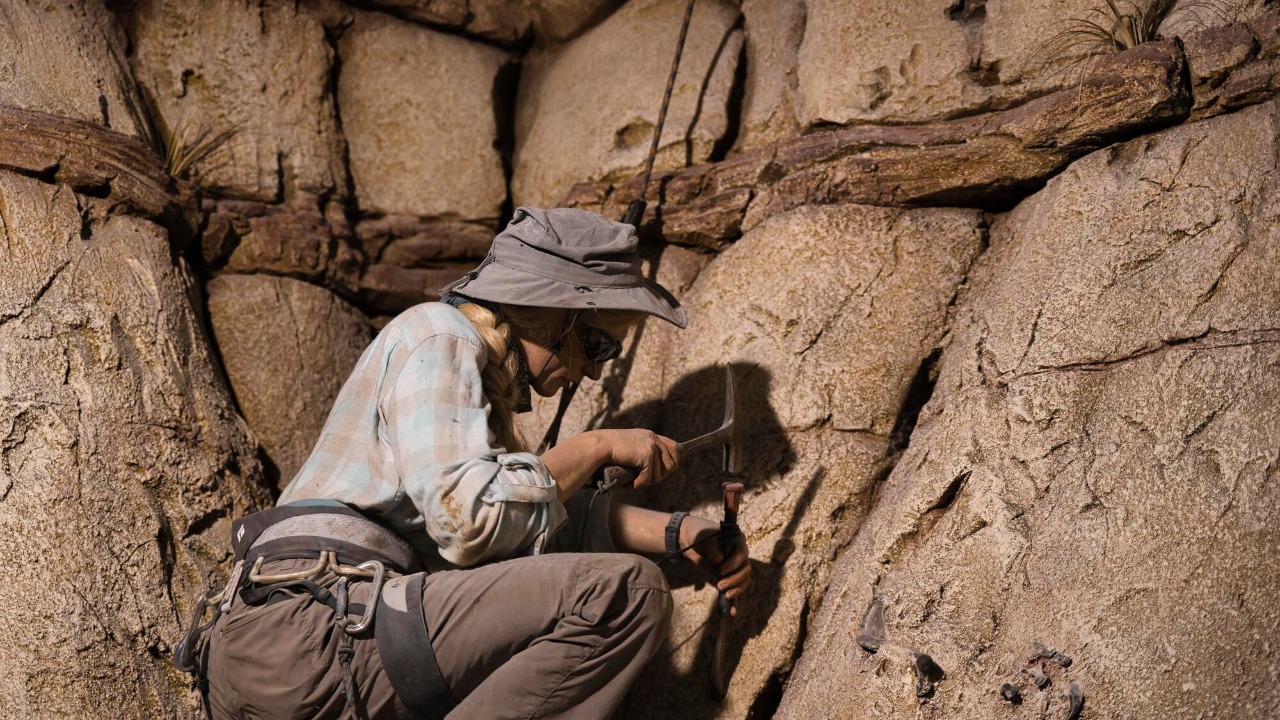
For centuries, ancient ruins have captivated the imagination and curiosity of historians and archaeologists alike. Recent studies have uncovered the astonishing alignment between certain ruins and ancient sky maps, revealing a sophisticated understanding of astronomy by early civilizations. This discovery delves into the fascinating correlation between these archaeological sites and celestial configurations, exploring the implications and mysteries behind such precise alignments.
Historical Context and Discovery

Many ancient civilizations, such as the Maya, Egyptians, and Greeks, are renowned for their extensive knowledge of astronomy. These societies made significant contributions to sky mapping, which were crucial not only for navigation but also for ceremonial purposes. The Mayans, for instance, developed intricate calendars based on their observations of celestial events, while the Egyptians aligned their pyramids with specific stars.
In recent years, advancements in technology have allowed researchers to identify precise alignments between ancient ruins and star maps. Using tools like satellite imagery and computer simulations, scientists have been able to confirm these alignments with remarkable accuracy. Sites such as Stonehenge, the Pyramids of Giza, and Chichen Itza are key examples where these alignments have been observed, suggesting a deliberate design by ancient architects.
The Science Behind the Alignments

The methods used by ancient civilizations to map the stars were both sophisticated and surprisingly accurate. They employed techniques that involved tracking the movement of celestial bodies across the sky and using these observations to inform the design of their monumental structures. These civilizations likely used tools such as the astrolabe, which allowed them to measure the altitudes of stars with precision.
Modern scientific approaches, like satellite imaging and 3D modeling, have been instrumental in verifying these ancient alignments. By recreating the sky as it would have appeared thousands of years ago, researchers can cross-reference these simulations with the orientation of structures. Such analysis has provided compelling evidence that these alignments were intentional and not mere coincidences.
Cultural and Religious Significance

Celestial events and star patterns were deeply intertwined with the mythology and religious practices of ancient peoples. Many cultures viewed the heavens as a reflection of divine will, and aligning structures with the stars was often seen as a way to honor their gods. For example, the Egyptians believed their pharaohs became stars in the afterlife, which influenced the design of their pyramids.
The purpose behind these alignments extends beyond religious significance. Some theories suggest that they served practical purposes, such as aiding in agricultural planning by signaling the changing seasons. Understanding these alignments offers insight into how ancient civilizations perceived their place in the cosmos and how they interpreted celestial phenomena.
Implications and Future Research

Despite the progress made in understanding these alignments, many unanswered questions remain. For instance, researchers continue to explore the specific techniques and tools used by ancient peoples to achieve such precision. There is also interest in how these alignments influenced other aspects of their cultures, including art and literature.
Looking to the future, advancements in technology hold the potential to further illuminate these ancient practices. Techniques such as machine learning and advanced imaging could reveal even more intricate details about how these civilizations interacted with the cosmos. Understanding these alignments not only enriches our knowledge of the past but also broadens our perspective on human history and our enduring connection to the universe.